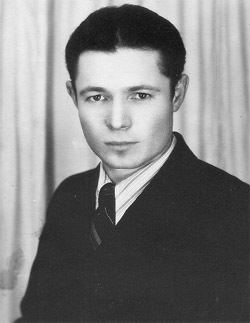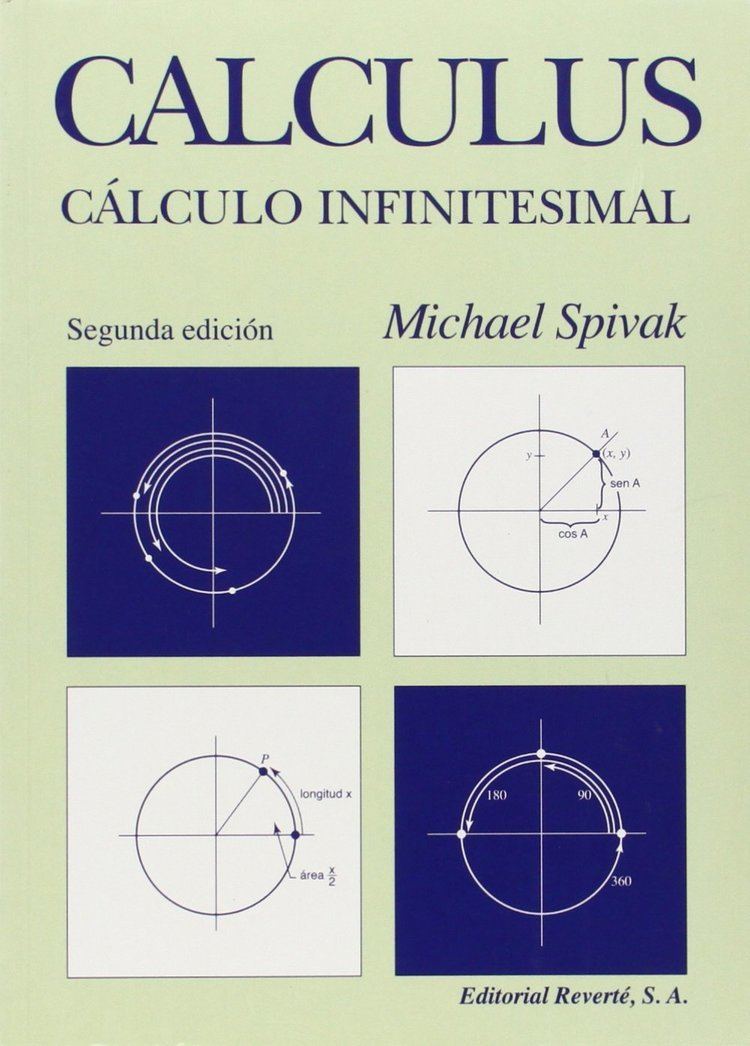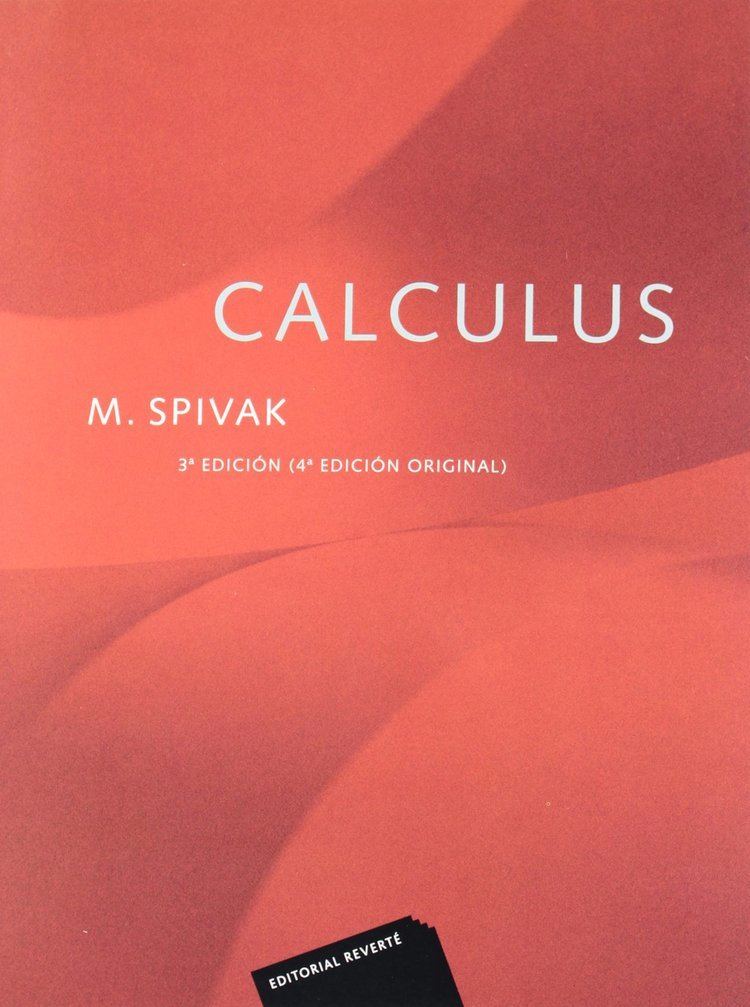Nationality American | Name Michael Spivak | |
 | ||
Born May 25, 1940 (age 85) Queens, New York ( 1940-05-25 ) Known for The Hitchhiker's Guide to CalculusCalculus on Manifolds: A Modern Approach to Classical Theorems of Advanced CalculusMathTime Books calculus on Manifolds, A Comprehensive Introducti, Calculus, The Hitchhiker's Guide to, The Joy of TEX: A Gourmet Similar Shreeram Shankar Abhyankar, Alexander Abian, William Abikoff | ||
Michael spivak
Michael David Spivak (born May 25, 1940) is an American mathematician specializing in Differential geometry, an expositor of Mathematics, and the founder of Publish-or-Perish Press. Spivak is the author of the five-volume A Comprehensive Introduction to Differential Geometry. In 1964 Spivak received a Ph.D. from Princeton University under the supervision of John Milnor. In 1985 Spivak received the Leroy P. Steele Prize.
Contents
- Michael spivak
- chapter 1 problem 7 in Michael Spivakfor csir net math gateiit jam Algebra
- Writing
- References

Spivak was born in Queens, New York.

Spivak has lectured on elementary physics. Spivak's most recent book, Physics for Mathematicians: Mechanics I, which contains the material that these lectures stemmed from and more, was published on December 6, 2010. Spivak is also the designer of the MathTime Professional 2 fonts (which are widely used in academic publishing) and the creator of Science International.

Spivak coined Spivak pronouns, a set of English gender-neutral pronouns.

chapter 1 problem 7 in Michael Spivak(for csir net math ,gate,iit jam ,Algebra)
Writing

Among Spivak's pedagogical works, his five-volume magnum opus A Comprehensive Introduction to Differential Geometry (Publish or Perish Inc., 1970; 2nd ed., 1979; 3rd ed., 1999, revised 2005) is among his most influential and celebrated. The distinctive pedagogical aim of the work, as stated in its preface, was to elucidate for graduate students the often obscure relationship between classical differential geometry — geometrically intuitive but imprecise — and its modern counterpart, replete with precise but unintuitive algebraic definitions. On several occasions, most prominently in Volume 2, Spivak "translates" the classical language that Gauss or Riemann would be familiar with to the abstract language that a modern differential geometer might use. The Leroy P. Steele Prize was awarded to Spivak in 1985 for his authorship of the work.
Spivak has also authored several well-known undergraduate textbooks. Among them, his text Calculus (W. A. Benjamin Inc., 1967; Publish or Perish, 4th ed., 2008) takes a rigorous and theoretical approach to introductory calculus and includes proofs of many theorems taken on faith in most other introductory textbooks. Spivak acknowledges in the preface that others might consider this textbook to be an introduction to mathematical analysis rather than a calculus book. Another of his well-known textbooks is Calculus on Manifolds (W. A. Benjamin Inc., 1965; Addison-Wesley, revised edition, 1968), a concise (146 pp.) but rigorous and modern treatment of multivariable calculus accessible to advanced undergraduates.
Spivak has also written The Joy of TeX: A Gourmet Guide to Typesetting With the AMS-TeX Macro Package and The Hitchhiker's Guide to Calculus. The book Morse Theory, by John Milnor, was based on lecture notes by Spivak and Robert Wells (as mentioned on the cover page of the booklet).
